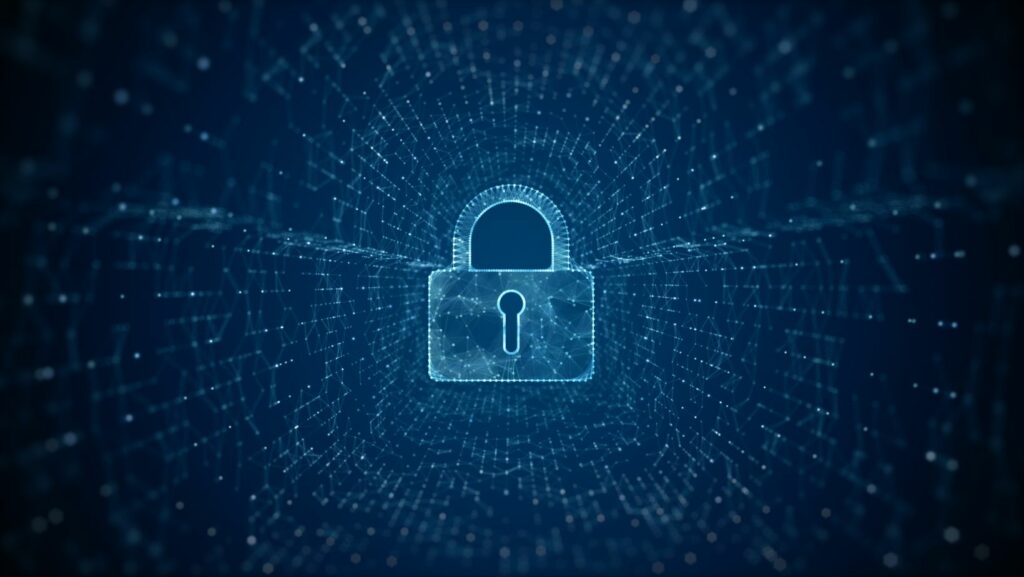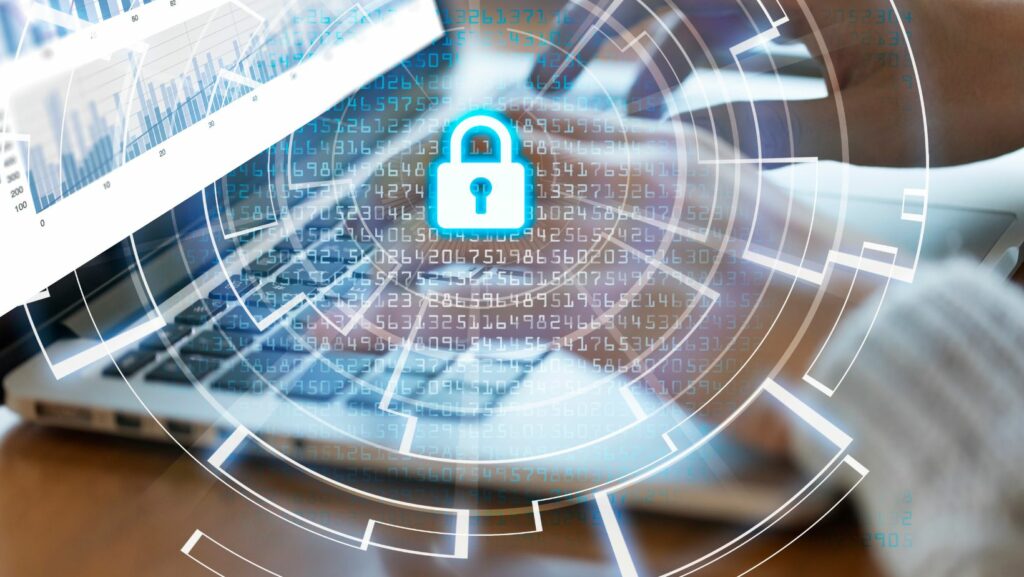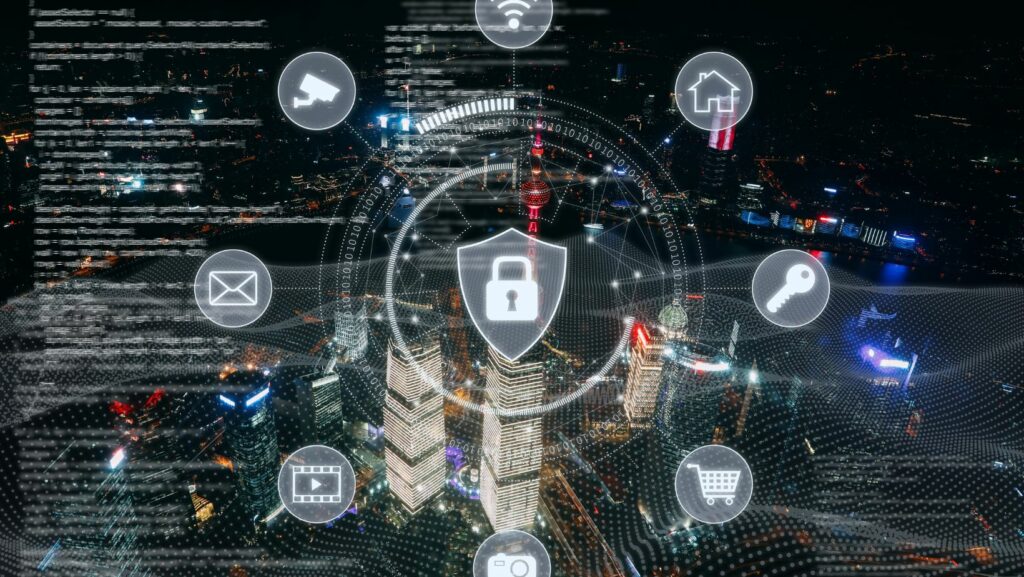Essential AI Data Security Strategies to Protect Your Sensitive Information
Key Takeaways Understanding AI Data Security: Awareness of data security’s vital role in AI systems is crucial as organizations face increased risks of data breaches and cyber threats. Key Security Components: Essential measures include data encryption, access control, regular audits, incident response planning, and user training to protect sensitive information. Addressing Challenges: Organizations must navigate […]
Essential AI Data Security Strategies to Protect Your Sensitive Information Read More »










